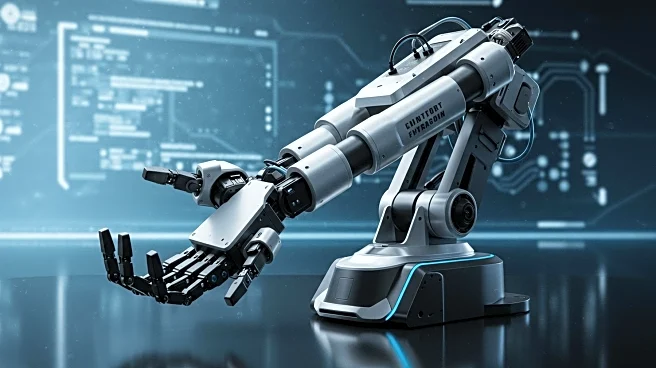Rapid Read • 6 min read
A team at the University of Nebraska-Lincoln has developed a layered material for soft robotics that can autonomously identify and repair damage. This self-healing 'skin' can detect punctures or extreme pressure, pinpoint the location of damage, and initiate self-repair. The technology represents a significant advancement in materials science, aiming to emulate the self-healing capabilities found in living organisms. The development is part of ongoing efforts to create more resilient and durable materials for various applications.
AD
The ability to self-repair is a critical feature for materials used in robotics and other technologies, potentially reducing maintenance costs and extending the lifespan of devices. This innovation could lead to more reliable and efficient robotic systems, with applications in industries such as healthcare, manufacturing, and space exploration. The research underscores the importance of interdisciplinary collaboration in advancing technology and addressing complex challenges in materials science.
The development of self-healing materials raises ethical and practical considerations, such as the implications for job displacement in maintenance roles and the environmental impact of producing advanced materials. Additionally, the technology could influence future design standards and regulatory frameworks for robotics and other industries, emphasizing sustainability and resilience.
AD
More Stories You Might Enjoy










